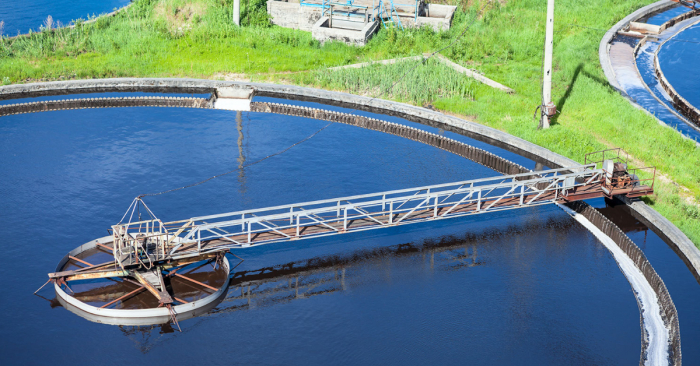Modernizing Water and Wastewater Sites

Modernizing Water and Wastewater Sites
Water and wastewater sites can be extremely varied in their equipment.
New and old equipment can be found within the same utility’s purview. A mix of protocols can make communicating a challenge. Spares are depleted, bringing you further away from a consistently connected network of sites.
The control system can be an obstacle to connecting new with old. If it uses DF1 or another legacy protocol, communication barriers don’t stop at making sure you have the correct gateways. The matter of spares is an important one, but so is the protocol capabilities of a legacy system. Integrating Industrial Internet of Things (IIoT) connectivity into your application necessitates a central control system that uses a newer protocol.
And yet…
A traditional, rip-and-replace modernization is an ordeal
Yep.
It’s even more of an undertaking for a water and wastewater application. With such a mix of equipment and protocols – and the need to ensure that water supply or services aren’t affected when you upgrade – we don’t judge anyone who decides that a nap sounds a little lower-stress.
There is a better way, though. Proactively updating your DF1 or other legacy protocol-based equipment can help you modernize on your timeline while, crucially, keeping your operations running as normal. This will allow you to consistently upgrade your application while ensuring your services don’t skip a beat. This puts you on the path to achieve IIoT connectivity, extend your application’s longevity and, most importantly, keep meeting your service area’s needs.
Modernizing DF1 applications
If you’re lacking 1761-NET-ENI spares or need to update to PanelView™ Plus terminals, consider a solution that can help with both. Use the Routing Module to help modernize your legacy control system while retaining your data.
Another common modernization for water and wastewater applications focuses on leased line modems, which are frequently used in DF1-based operations. The leased line modems typically connect the SCADA system to RTUs, and they can be used to help you update those legacy units. A phased approach for this could be:
∙ Use Messaging Modules to enable RTU upgrades by connecting to them through the leased line modem
∙ Upgrade main SCADA to an EtherNet/IP™ alternative
∙ Replace leased line modems with WiFi radios in phases
That last step is key to improving communications for your existing sites and any equipment you add so you can meet the needs of a growing service area. WiFi and cellular solutions provide real-time information and can be more easily added to an existing network, making them ideal for water and wastewater applications.
Learn more about DF1 modernization solutions for water and wastewater applications.

